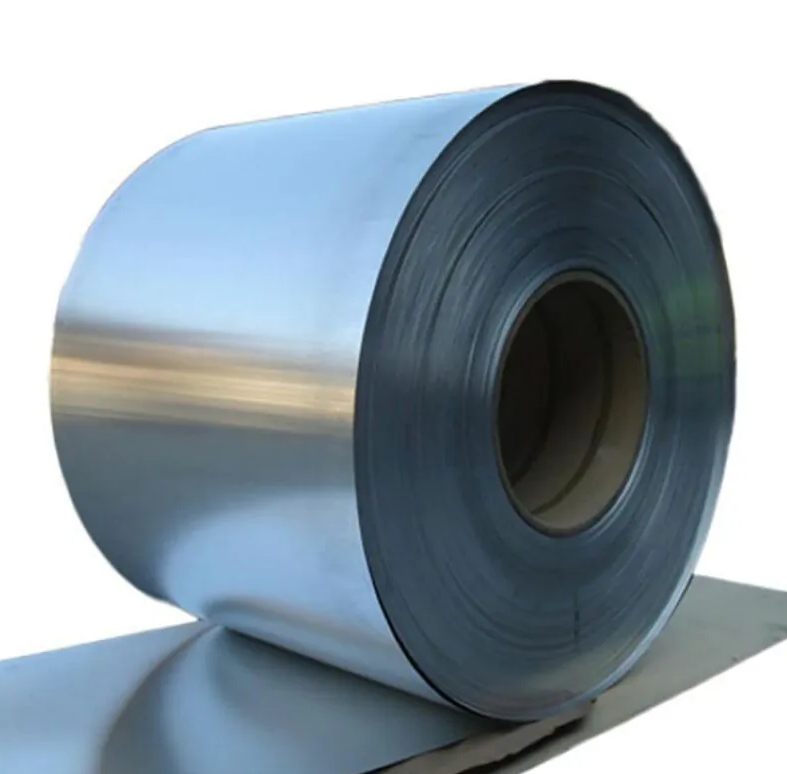Differences Between Hot-rolled And Cold-rolled Steel
Rolling is a metal forming process that uses a series of rolls to change the shape, improve uniformity and/or enhance the mechanical properties of the material. Rolled steel can be divided into two types: hot rolled steel and cold rolled steel, which exhibit different characteristics that make them suitable for different applications. When selecting rolled steel materials for a project, it is important to understand the differences between the two types and how they affect their performance.
Hot Rolled Steel Overview
Hot rolled steel is steel that has undergone a rolling process at a temperature above its recrystallization temperature (typically 1700° F or higher). The processed material has a higher degree of formability and workability than unprocessed steel, making it easier to use in subsequent processing operations.
The hot rolling process begins with a large rectangular sheet of metal called a billet. First, the billet is heated and compressed into a large roll. Although still hot, it passes through a series of rotating rolls to achieve the desired size. In sheet metal production operations, the rolled steel is then wound into coils and cooled. In production operations involving other forms, the processed material is cut into specified units and packaged.

Benefits of Hot Rolled Steel
Hot-rolled steel offers a variety of manufacturing advantages, such as
Lower costs: Hot-rolled steel tends to be cheaper than cold-rolled steel because it involves less processing.
Better processability: Because the hot rolling process occurs at high temperatures, processed materials are easy to shape and form.
Virtually no internal stresses: The hot rolling process involves gradually cooling the steel, which allows the material to essentially normalize its structure and be free of internal stresses.
Applications of hot rolled steel
Because hot rolled steel shrinks slightly during the cooling phase, there is less control over its final shape. For this reason, it is often used in applications that do not require very tight tolerances, such as
Agricultural equipment
Automotive parts (e.g., frames and rims)
Construction materials (e.g., I-beams)
Railroad equipment (e.g., track and railcar components)

Cold Rolled Steel Overview
Cold-rolled steel is hot-rolled steel that has undergone additional processing to improve its dimensions and mechanical properties. In the cold rolling process, the cooled hot rolled steel is passed through another set of rolls at room temperature. Because the material is no longer hot and ductile, significantly higher pressures are required to compress it into the desired shape. While this process is more labor intensive and costly than hot rolling, it allows for tighter dimensional tolerances and better surface quality.
Benefits of Cold Rolled Steel
Cold-rolled steel offers several advantages over hot-rolled steel, such as
Higher strength: Cold rolled steel is 20% stronger than hot rolled steel, which makes it more suitable for high stress applications.
Better surface finish: Parts and products made from cold-rolled steel typically have a smooth, glossy surface that is free of rust and oxidation.
Higher precision: Unlike hot-rolled steel, cold-rolled steel does not shrink after forming. This quality allows the creation of highly accurate components that require little secondary processing.

Applications of Cold Rolled Steel
Cold rolled steel is typically used in applications that require tighter tolerances and better surface finishes. Typical parts and products include
Aerospace structures
Household appliances
Metal furniture
Strips, bars, rods and plates
Mechanical components
The main difference between hot-rolled and cold-rolled steel
As mentioned above, the main difference between hot-rolled and cold-rolled steel is their processing temperature. Hot rolled steel is rolled above the recrystallization temperature of the material, while cold rolled steel is rolled below the recrystallization temperature of the material. In addition to this quality, there are a number of other differences between these two materials, including the following.
Surface quality. Hot-rolled steel tends to have rough edges and surfaces that require decarburization or other treatment to prepare it for subsequent production operations. In contrast, cold rolled steel typically has a glossy and smooth surface that allows it to be used as-is in production operations.

Material hardness. Steel produced by the cold rolling process has higher strength and hardness than steel produced by the hot rolling process.
Internal pressure. The higher material strength and hardness from the cold rolling process is accompanied by greater internal stresses. These stresses must be relieved before the material can be machined; otherwise, the final part or product may warp.
These two steel types should not be confused with the technical specifications or grades used to classify steels by composition or physical properties. Steel can be hot or cold rolled regardless of its metallurgical specification or grade.
When evaluating steel options for a project, it is important to remember that certain materials will work better for certain applications than others. In the long run, knowing which steel will provide the right properties for a given application can prevent raw material overruns and save time.
PS:The source is from here.
评论
发表评论